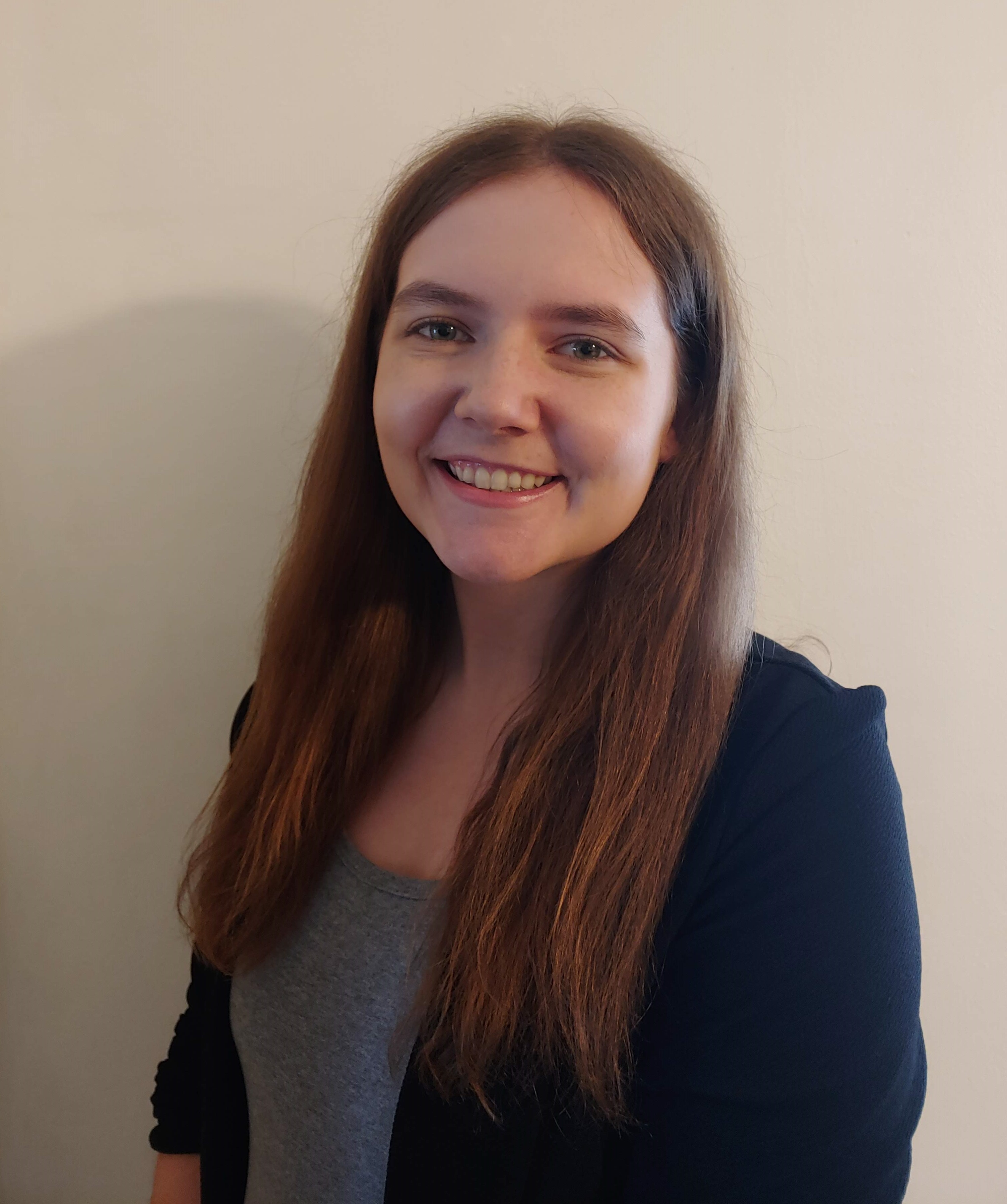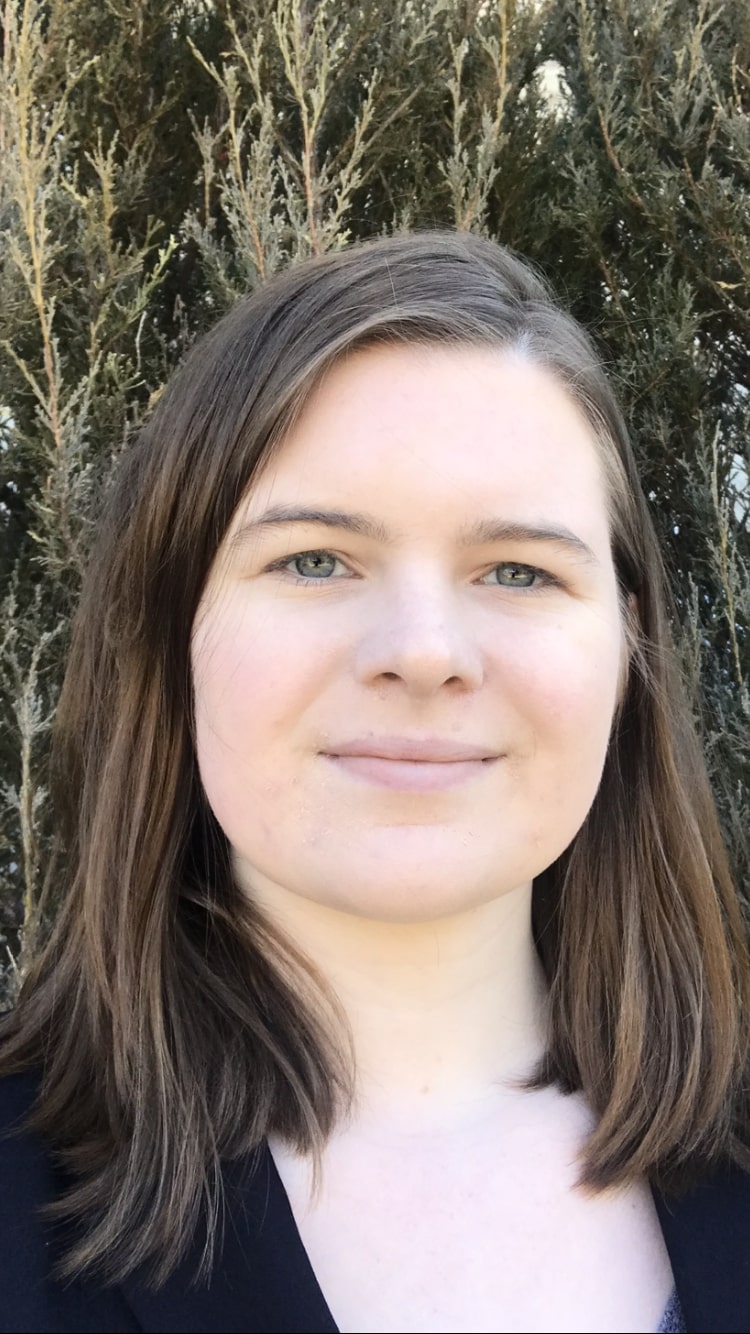Celebration of Scholars
The role of Arabidopsis thaliana genes in the gravitropic and phototropic response during spaceflight
 Name:
Melanie Gucwa
Name:
Melanie Gucwa
Major: Biology
Hometown: Carol Stream, IL
Faculty Sponsor: Andrea Henle
Other Sponsors:
Type of research: Independent research
Funding: Wisconsin Space Grant Consortium Higher Education Incentives Award
 Name:
Samantha Ardery
Name:
Samantha Ardery
Major: Biology
Hometown: Indianapolis, IN
Faculty Sponsor: Andrea Henle
Other Sponsors:
Type of research: Independent research
Funding: Wisconsin Space Grant Consortium Higher Education Incentives Award
 Name:
Andrew Hallstrom
Name:
Andrew Hallstrom
Major: Physics
Hometown: Roscoe, IL
Faculty Sponsor: Andrea Henle
Other Sponsors:
Type of research: Independent research
Funding: Wisconsin Space Grant Consortium Higher Education Incentives Award
Abstract
A main question in space biology is how astronauts will adapt to long-term spaceflight missions to Mars and beyond. This includes their own physiological health as well as the health of any vegetation that will be grown as a food source on their spacecraft. Arabidopsis thaliana is a common model organism used to understand plant growth and development in microgravity, and it can be used to learn how plants are affected by long-term spaceflight in regards to their gravitropic and phototropic (light) responses. Our lab utilized the TOAST bioinformatics database (Test Of Arabidopsis Space Transcriptome) to identify genes that are prime targets for supporting the growth of plants during spaceflight. This database contains data from NASA Genelab from previous Arabidopsis experiments conducted in space and on Earth. We identified a pool of candidate genes that are shown to be significantly up and downregulated during spaceflight and for which we can order mutant Arabidopsis seeds. Each candidate gene has a proposed experiment that tests the impact of the loss-of-function mutation on the plant's gravitropic and phototropic response. These experiments are performed with a Flashlapse - a 3D-printed, bioengineered device that allows for the manipulation of light and gravity conditions while simultaneously performing time-lapse imaging. In particular, the impact of the gene mutations on root growth, development, and angle will be monitored. Results from these experiments will illustrate whether the genetic changes observed in NASA spaceflight experiments are significant on a physiological level. This information will help scientists understand how plant genes are expressed differently for adaptation to extreme environments such as spaceflight, and how plant growth can be affected during long-term missions in space.Submit date: Feb. 25, 2021, 10:25 p.m.
